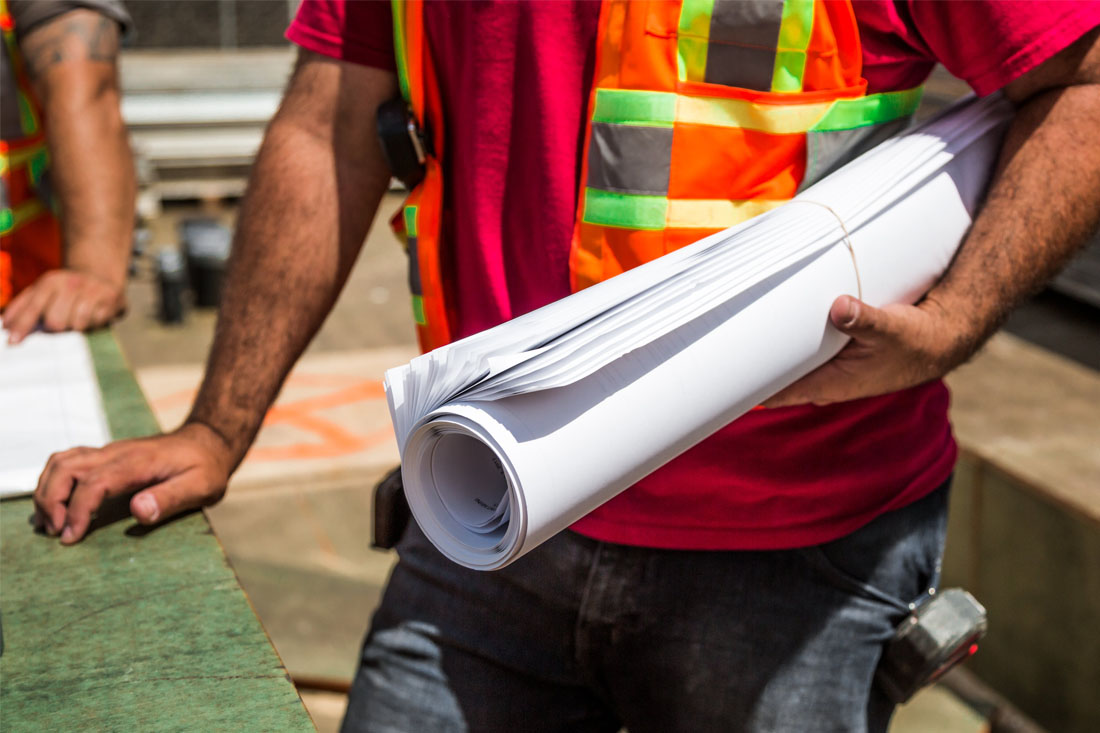Australia is a tale of two economies right now, depending on the state or sector your business is based in. Today we’ll run you through three cash flow tips for your business, whether it’s growing or struggling.
Covid-19 has really brought a two-speed economy to the fore in Australia.
For some businesses, the stop-start-stop nature of the pandemic has crippled cash flow and made planning ahead all but impossible.
Meanwhile other businesses, such as those in the digital space, are experiencing fast growth.
Your cash flow strategy this financial year will likely depend on how the pandemic is impacting it.
So below SME lender ScotPac has identified three cash flow management strategies for businesses that are growing, and for those that are struggling.
Three tips for managing growth
1. Find a flexible source of funding: strong cash flow is important for fast-growth businesses, which often have lots of cash tied up with debtors, ScotPac senior executive Craig Michie says.
“It’s important to find a source of funding that grows as your business grows. With invoice finance, as your debtors grow, so does the line of credit you can access,” he says.
“Another consequence of fast growth can be a demand on the business to put in place more capital assets, such as vehicles and equipment. In these situations, asset finance can help a business get the assets they need to support their rapid growth.”
2. Negotiate with suppliers: sometimes businesses can grow too fast for their suppliers to keep up with their demand for product.
If you don’t have the cash flow to pay your supplier for more product up front, you can attempt to renegotiate terms with them, or seek alternative finance options.
“One option for fast-growth businesses to have up their sleeves is to use trade finance. This ensures they can pay suppliers upfront so they can meet their increased demand for product,” Mr Michie says.
3. Cashflow forecasting is vital: cash flow is often described as the “lifeblood” of businesses.
Knowing what cash is likely to be coming in, and what’s likely to be going out, is therefore vital for not only keeping your businesses alive, but ensuring it will thrive.
“It’s not unusual for a small business to spend months winning big new clients, then realise they had not accounted for the cashflow implications of winning new business,” Mr Michie says.
“Putting in place a 13-week rolling cash flow forecast – which really would only take an hour with your accountant to set up, helps fast-growth businesses avoid cash flow issues.”
Three tips for getting through tough conditions
1. Get in touch with funders and the tax office: with a number of recent state lockdowns, and ongoing uncertainty in NSW, many businesses are doing it tough.
Mr Michie says it’s crucial for businesses struggling through adverse trading conditions to talk to their financiers asap.
“Do this early in the piece to get the best outcome. Talk to your funder about whether it’s possible to restructure or to put in place moratoriums,” he says.
He adds that SMEs shouldn’t put off talking to the Australian Tax Office either.
“Too many businesses make the mistake of thinking a problem ignored is a problem solved – getting on the front foot with tax obligations is vital.”
2. Look at your balance sheet: to help secure working capital for your business, Mr Michie suggests looking to the assets on your balance sheet.
“Balance sheet assets can be a hidden resource for many SMEs – your debtor’s ledger, unencumbered plant and equipment and even inventory can be used to bring working capital back into the business.”
3. Again, cash flow forecasting is vital: Mr Michie says that having a running 13-week cashflow forecast lets business owners spot any cashflow gaps on the horizon, with enough time to do something about it.
He suggests that this could include reassessing your cost base, negotiating with creditors to change terms or defer payments, or chasing up aged receivables.
Last but not least, get in touch
If you’d like to discuss how any of the above cash flow tips or finance options could help your business, get in touch today.
The sooner we can run through your options with you, the better placed your business can be in the 2021 financial year and beyond.
Disclaimer: The content of this article is general in nature and is presented for informative purposes. It is not intended to constitute tax or financial advice, whether general or personal nor is it intended to imply any recommendation or opinion about a financial product. It does not take into consideration your personal situation and may not be relevant to circumstances. Before taking any action, consider your own particular circumstances and seek professional advice. This content is protected by copyright laws and various other intellectual property laws. It is not to be modified, reproduced or republished without prior written consent.






